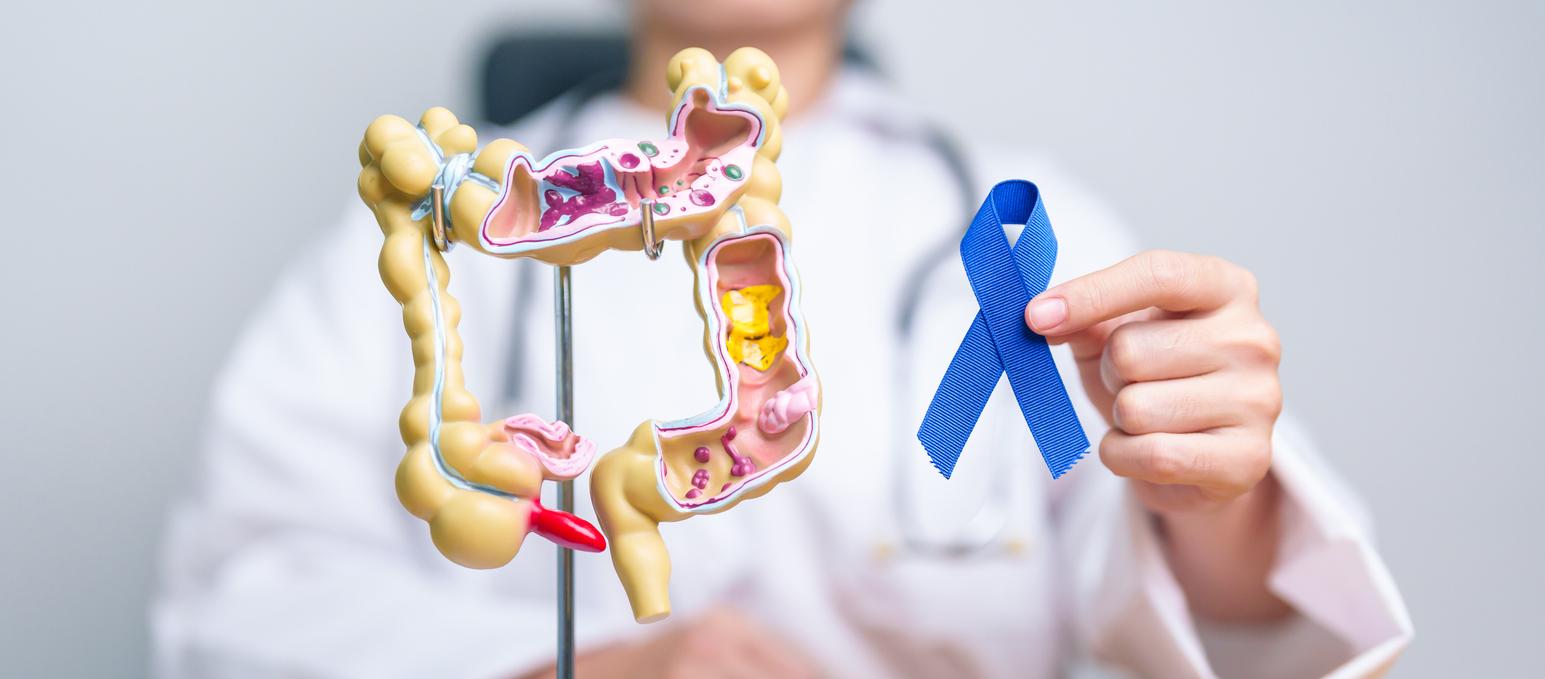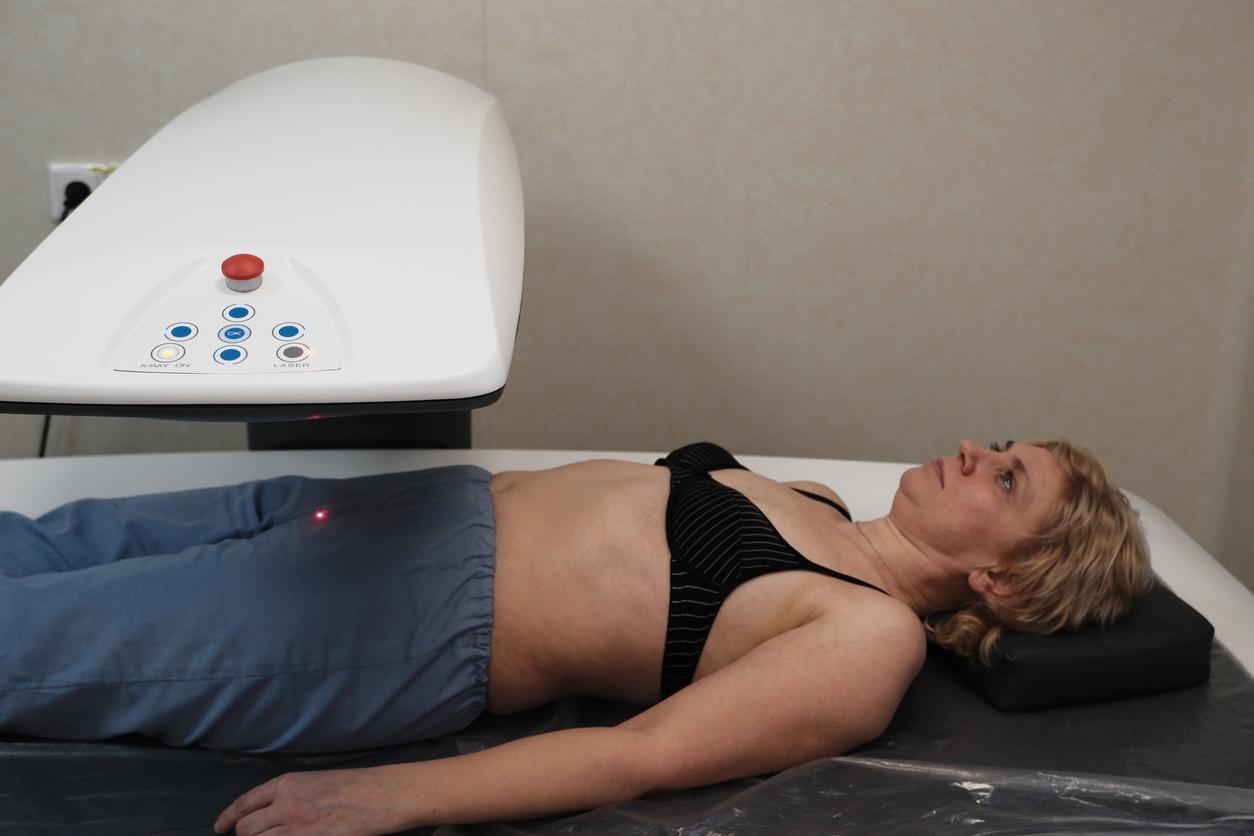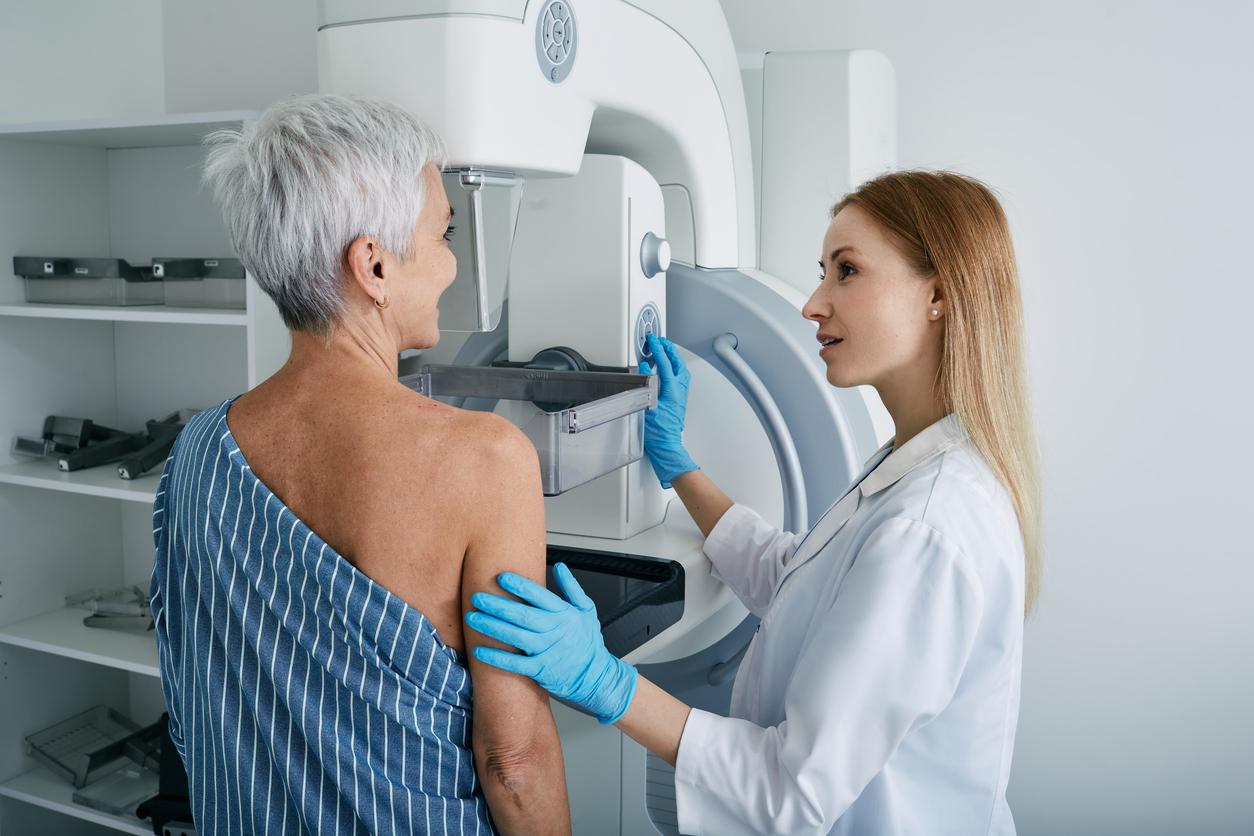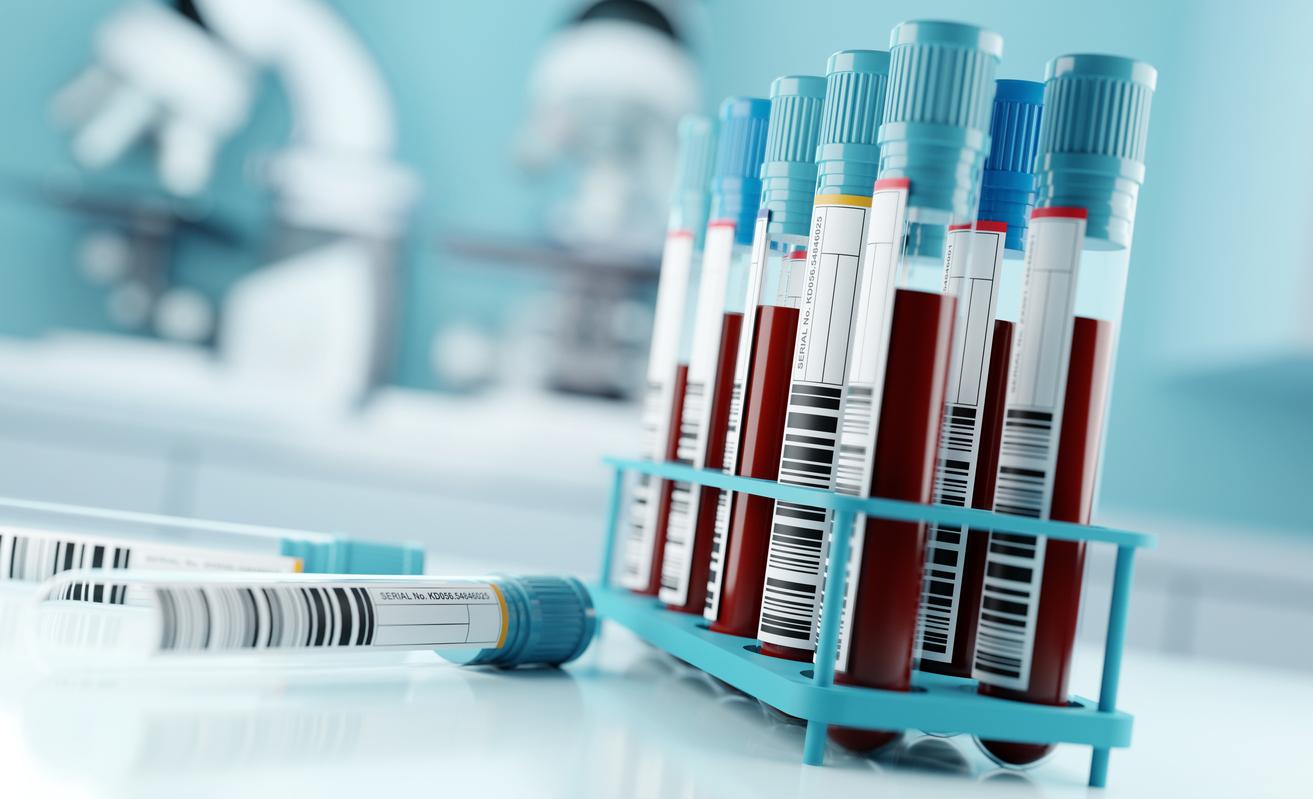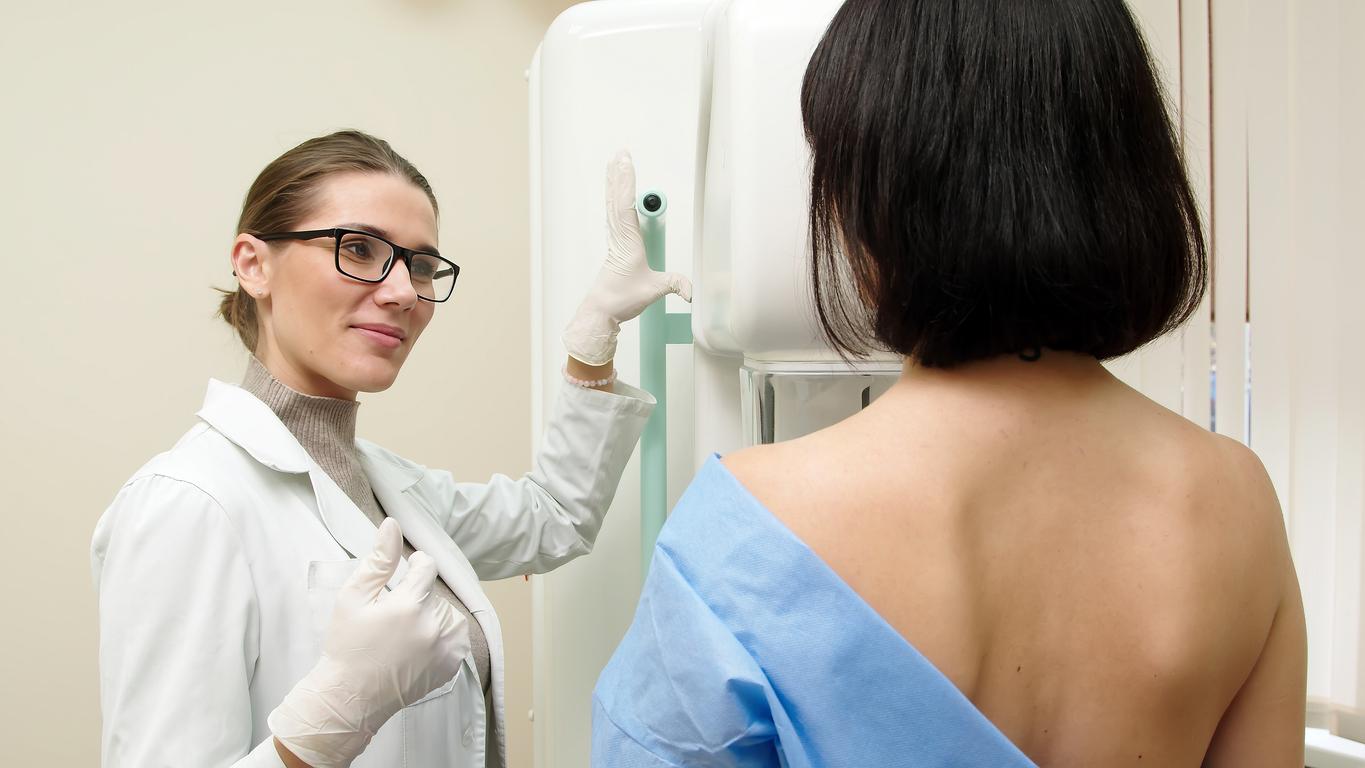British and American researchers have developed a more accurate method of detecting tuberculosis using positron emission tomography.

- A new tuberculosis-specific radiotracer, called FDT, has been developed by British and American scientists to assess in real time whether the mycobacterium remains viable in patients receiving treatment.
- The latter is absorbed by living tuberculosis bacteria present in the body and uses a carbohydrate that is only processed by the tuberculosis bacteria.
- “A major advantage of this new approach is that it only requires a hospital to have standard radiation monitoring and PET scans, which are becoming increasingly common around the world.”
Tuberculosis, which is caused by the mycobacterium Mycobacterium tuberculosis, remains a widespread disease worldwide, for which treatments are lengthy and monitoring of disease activity is difficult. Indeed, there are currently two methods for diagnosing this condition, which most often affects the lungs: “bacterial culture of sputum” or positron emission tomography (PET) examination to detect signs of inflammation in the lungs, using the common radiotracer “FDG”. As a reminder, radiotracers are radioactive compounds that emit radiation that can be detected by scanners and transformed into a 3D image.
Problem: The sputum test, which identifies mycobacteria, can be negative long before TB has been fully treated in the lungs, which could lead patients to stop treatment too early. Testing for inflammation can be helpful in assessing the extent of the disease, but it is not specific to TB, as inflammation can be caused by other conditions. Inflammation can also persist in the lungs after the TB bacteria have been eliminated, leading to treatment being continued longer than necessary.
A new radiotracer that “requires only standard radiation monitoring and PET scans from a hospital”
This is why, in a study published in the journal Nature Communicationsresearchers from the Rosalind Franklin Institute, the Universities of Oxford and Pittsburgh, and the National Institutes of Health in the United States have developed a new radiotracer specific to tuberculosis, which is taken up by live tuberculosis bacteria in the body and uses a carbohydrate that is processed only by the tuberculosis bacteria.
“The common radiotracer FDG and the enzymes we have developed to convert it into FDT can be sent by post. (…) One of the main advantages of this new approach is that it requires only standard radiation monitoring and PET scans from a hospital, which are increasingly common around the world. The new molecule is created from FDG by a relatively simple process using enzymes developed by the research team. This means that it can be produced without specialist expertise or laboratories and would therefore be a viable option in low- and middle-income countries with less developed health care systems, which currently account for more than 80% of TB cases and deaths,” explained the scientists in a press release.
Future clinical trials on humans
According to the authors, this new radiotracer, called FDT, makes it possible for the first time to use positron emission tomography to determine precisely where and when the disease is still active in a patient’s lungs. According to extensive preclinical trials, it does not cause any adverse effects and will be tested in humans.










